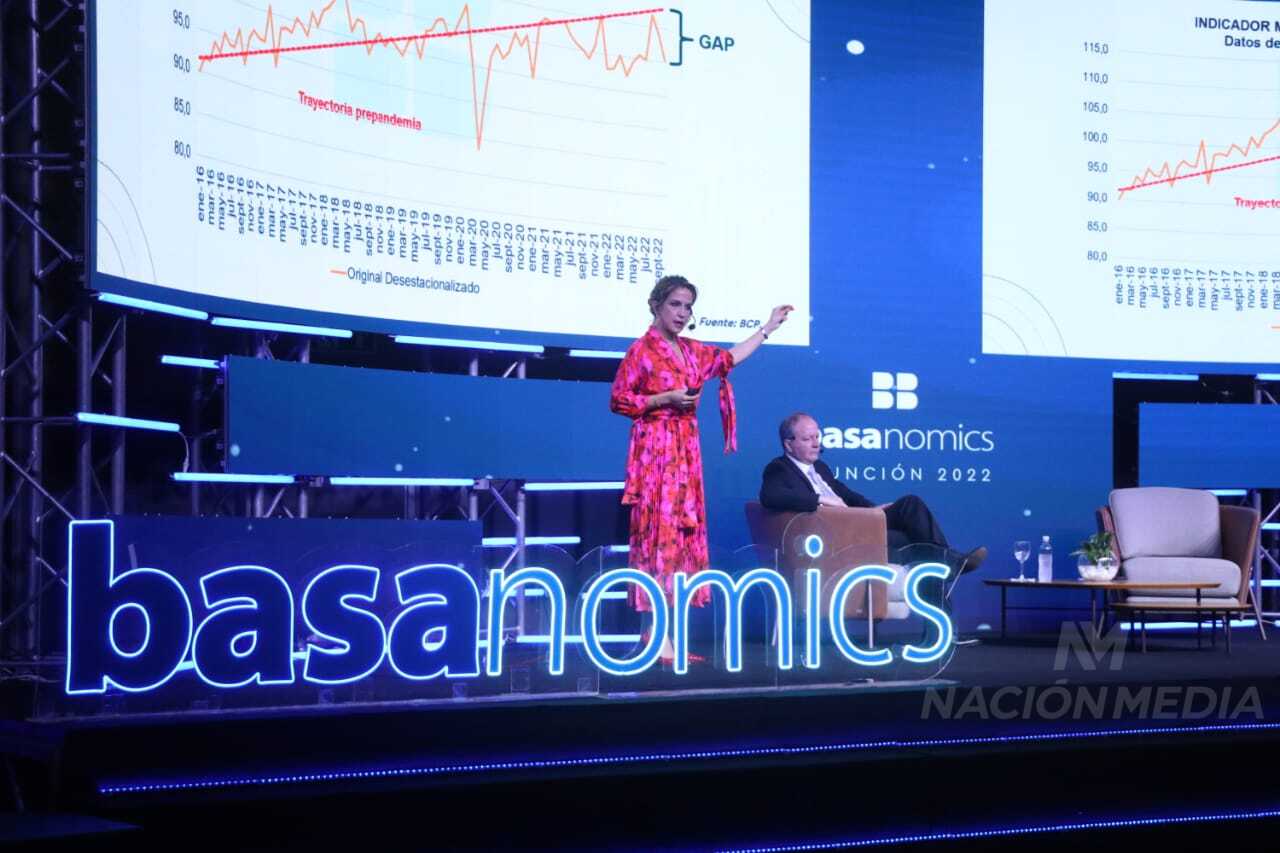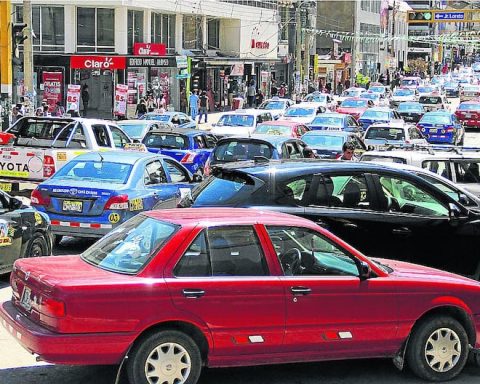The Economic Commission for Latin America and the Caribbean (Cepal) improved its regional growth projection for 2022 to 3.7% this Thursday, but warned that next year the scenario will deteriorate and the expansion will be 1.3%.
In October, hea Cepal had predicted growth of 3.2% for the region in the year that is ending.
In a report released this Thursday, the Santiago-based body points out that “After the dynamism shown in the first half of 2022, the region’s economic activity has slowed down.”
The report indicates that the lower dynamism of economic activity reflects “the exhaustion of the rebound effect in the 2021 recovery” Y “the effects of restrictive monetary policies, greater limitations on fiscal spending, lower levels of consumption and investment, and the deterioration of the external context.”
Many central banks appeal to rises in interest rates to try to contain inflation, making credit for consumption and investment more expensive and thus reducing pressure on prices.
Also read: Cash still prevails as a means of payment at the country level, according to a study
While inflation in 2022 will be 7.3% in the region, next year there should be a moderation of price increases to 4.8%, a high level anyway, indicates ECLAC.
“The reduction in inflation will tend to moderate the increases in the monetary policy rates,” says the agency, which warns in any case of the risk of depreciation of local currencies, “which could affect the trajectory of inflation.”
In 2023, Paraguay, with an expansion of 4%, Venezuela, with 5%, and the Dominican Republic, with 4.6%, will lead regional growth. Chile, with a fall of 1.1% together with Haiti with a GDP contraction of 0.7%, are the only two countries in negative.
Brazil, the main regional economy, will grow 0.9% in 2023 after 2.9% in 2022. In Colombia there will be a sudden stop, which will take the economy from an expansion of 8% in 2022 to just 1.5% in 2023. Mexico will grow 1.1%, Argentina 1%, Peru 2.2% and Uruguay 2.9%. Bolivia will grow 2.9% and Ecuador 2%.

















